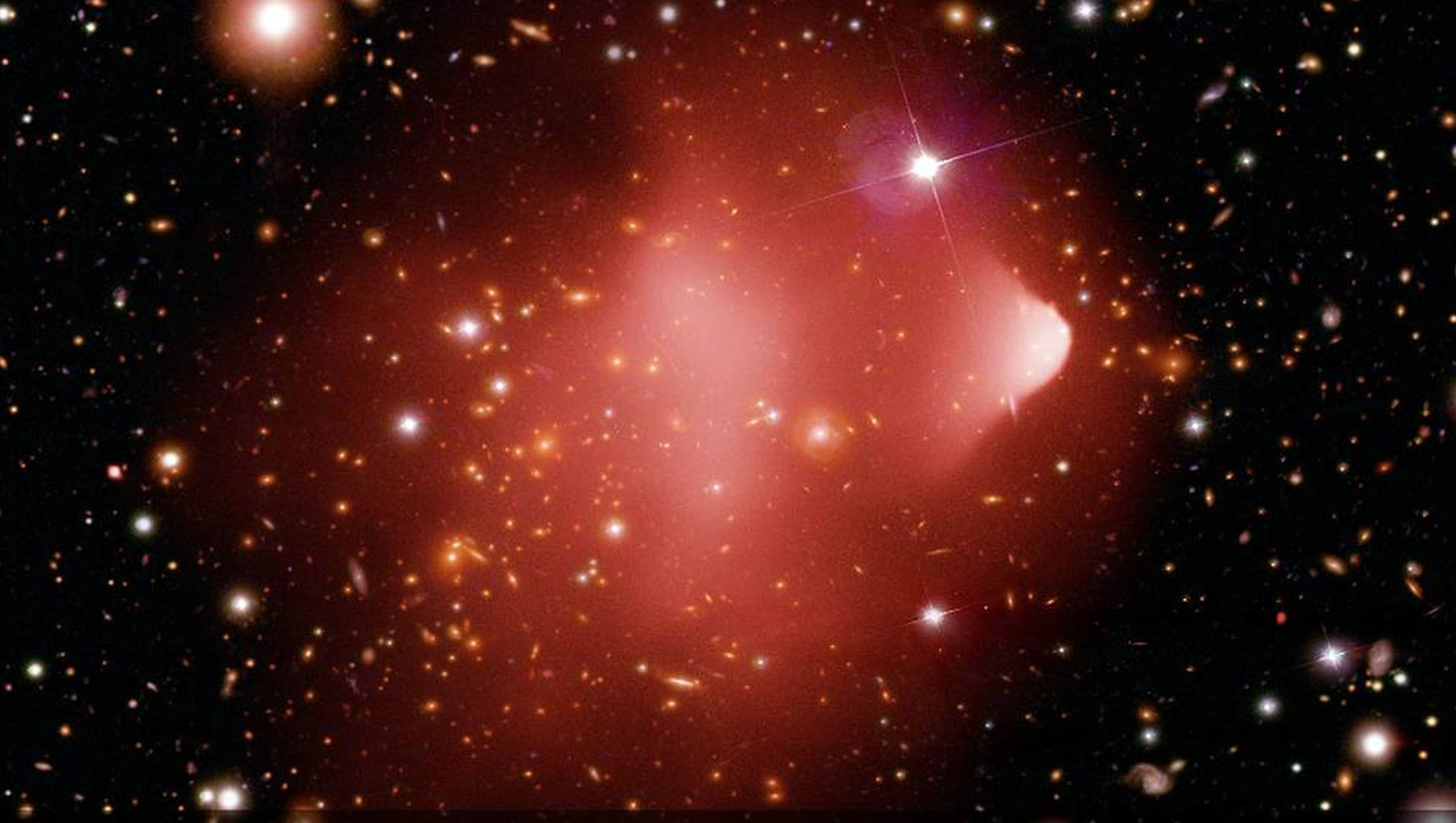Create a free profile to get unlimited access to exclusive videos, sweepstakes, and more!
What could antimatter illuminate about the dark universe of dark matter?

The dark universe might sound like a place swarming with Imperial forces, but this Dark Side is actually the mysterious realm of dark matter that keeps eluding us.
It gets even weirder. The secrets of dark matter could possibly be explained by antimatter particles, which are doppelgangers of matter particles that have the opposite electric charge. Now researcher Christian Smorra and his team have conducted the first lab experiments meant to determine whether a difference in how dark matter interacts with baryonic (regular) matter and antimatter could demystify some of its unknown properties — and those of antimatter.
“Astrophysical observations indicate that there is roughly five times more dark matter in the Universe than ordinary baryonic matter…however, the microscopic properties of these dark components remain unknown,” Smorra, of the RIKEN Cluster for Pioneering Research, and colleagues said in a study recently published in Nature.
Nobody knows why exactly there is an imbalance of matter and antimatter in the universe. Antimatter particles get obliterated once they smash into matter particles. It sounds like there should be equal amounts of matter and antimatter, but that doesn't seem to be what emerged from the Big Bang.
Wait. What does dark matter have to do with all this?
Smorra's team of researchers wanted to find out whether the apparent lack of antimatter is a result of it reacting different with dark matter than baryonic matter does. Despite observations that have shown some unseen force is behind star orbits, one has ever been able to determine the microscopic properties of dark matter particles. They could be hypothetical particles known as axions. The emphasis here is on hypothetical, because axions have not been proven to exist but make a strong case for explaining the asymmetry.
“If antiprotons have a stronger coupling to [dark matter] particles than protons do, such a matter–antimatter asymmetric coupling could provide a link between dark matter and the baryon asymmetry in the Universe,” Smorra said.
The researchers magnetically trapped a single anti-proton with a Penning trap before it butted heads with any matter particles that would destroy it. They then measured its spin precession frequency, or how its nucleus spun along an axis whose angle told them the direction of its momentum. Spin precession frequency is usually expected to be a constant. If it changes, that could mean something is interfering with it, such as dark matter particles.
Ultimately, there was no difference between matter and antimatter when it came to how they interacted with baryonic matter, but the experiment did, as Smorra said, “set a new upper limit for the potential interaction between dark matter and antimatter.”
So maybe dark matter is still keeping its secrets for now, but after this, future experiments could end up revealing something positively mind-blowing.
(via RIKEN)


























